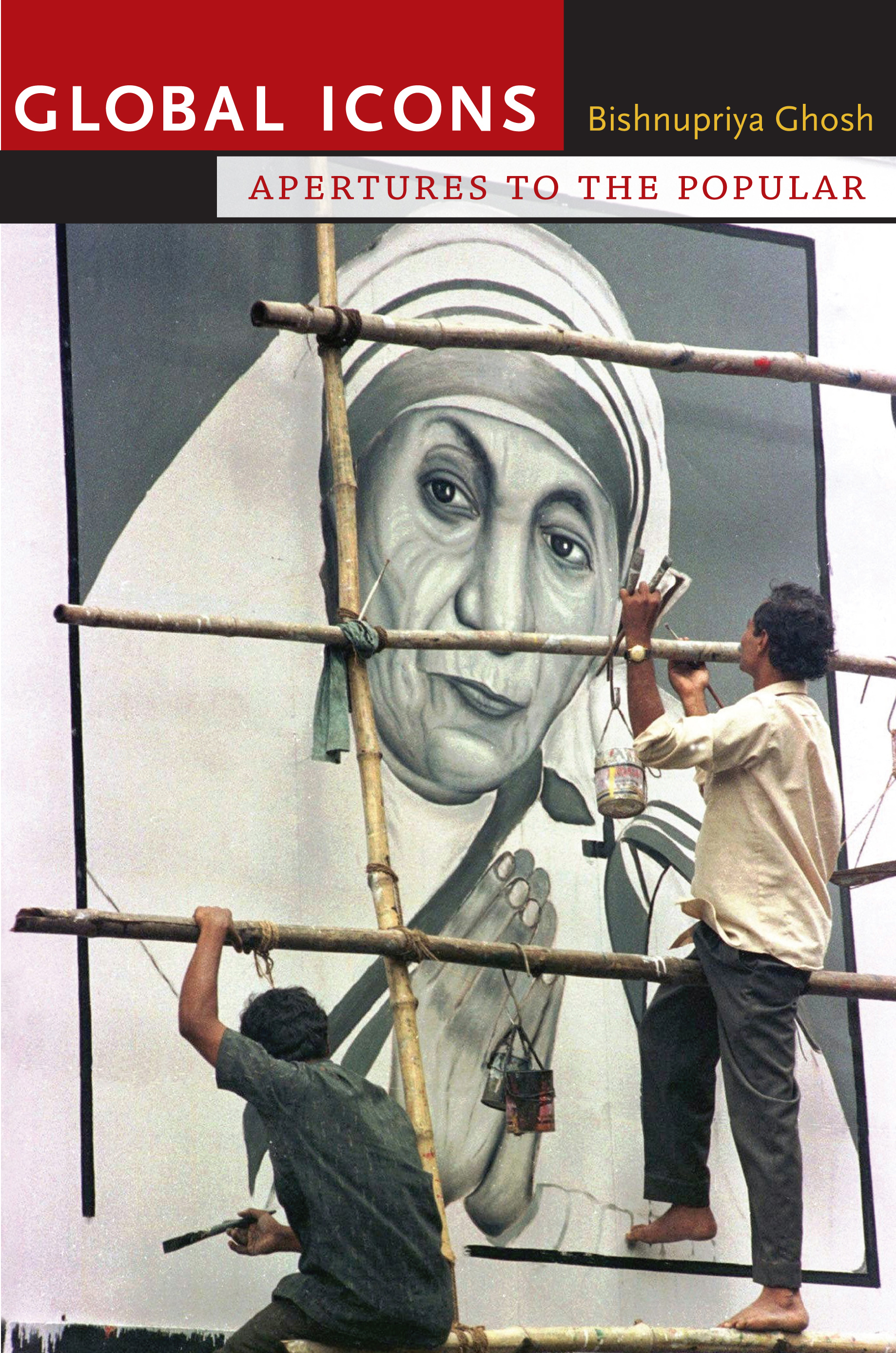

Princess Diana, Abraham Lincoln, the Dali Lama –– as individuals, their contributions to the world are almost without measure. Even stronger, though, are the collective associations they elicit as iconic figures, and the common sensibilities they embody.
In her new book, "Global Icons –– Apertures to the Popular" (Duke University Press, 2011), Bishnupriya Ghosh, a professor of English at UC Santa Barbara, examines the galvanizing –– and sometimes catalyzing –– effect iconic figures have on social change and transformation. She studies three figures in particular –– Mother Teresa; Phoolan Devi, also known as India's bandit queen, who, despite pending charges of murder, arson, and looting, was elected to India's parliament in 1996; and Arundhati Roy, the prize-winning author turned environmental activist.
"When we think of globalization, the focus is too often on the top-down structuring of economic and political processes like neo-liberal policies, or the disappearance of the nation-state," explained Ghosh. "Those of us who work in the domain of culture also want to look at the role culture and cultural artifacts play in globalization –– in instituting the ‘global' as a shared social totality. Icons are particularly potent symbolic objects that are often used to express collective aspirations."
Ghosh offers a perspective of globalization that is not about big states or institutions, but about the everyday experience of globalization from the grassroots level. "I focused on figures that are more popular than institutional," she said. "One could argue that Mother Teresa is institutional –– she was credentialed by the Roman Catholic Church –– but she's also a hugely popular figure. I'm interested in the kinds of figures around whom people can mobilize aspirations for change, and often against the denuding effects of globalization they see in their everyday life."
A large number of people all over the world actually participate in icon adoration as a form of collective mobilization, Ghosh continued. "I was looking at these three figures because women have a long history of being associated with India and South Asia. More than that, however, they do different kinds of work around what is being disseminated as a new liberal ethos."
Commenting on Mother Teresa, for example, Ghosh noted that, among the very poor in Calcutta, people often take a figure like her as their own local saint. She cited a young rickshaw driver who lives on the street, and always keeps a poster of Mother Teresa above his head when he goes to sleep. "The idea is that she's going to look after him as he sleeps, guarding over his sleeping space," Ghosh explained. "In that way, this mass figure is actually worshipped as a protector." For many people, she added, such popular icons exert a kind of magical agency.
Throughout the book, Ghosh makes the argument for icons in general –– mass commodities that represent something larger. She is most interested in what she calls bio icons, or living figures whose symbolic cachet stems from their biographies. "I think people consume them in order to change the way they live their own lives," she said. "They often serve as exemplars. On the one hand, Mother Teresa and the bandit queen are these stellar exemplary figures. On the other hand, they're considered representative of the people who adore them as icons. In that sense, they are figures through whom people actually see themselves as a collective."
While focusing primarily on icon adoration, Ghosh also takes a look at how they are desecrated. As an example, she cites the ancient stone Buddhist statues in Afghanistan that the Taliban demolished in 2001. The action was taken, Taliban officials argued at the time, in an effort to stop the worshipping of false idols. "What was interesting, though," Ghosh noted, "is the Taliban is media-shy. But they called Al-Jazeera when they blasted these icons. They were making the point that they want an anti-iconic society, and destroying the Buddhas represented a spectacular opportunity. "Icon desecration is almost as important as adoration, she noted. "If you're going to spend that much time and effort destroying something, you have to believe in its power," she said.
Related Links



